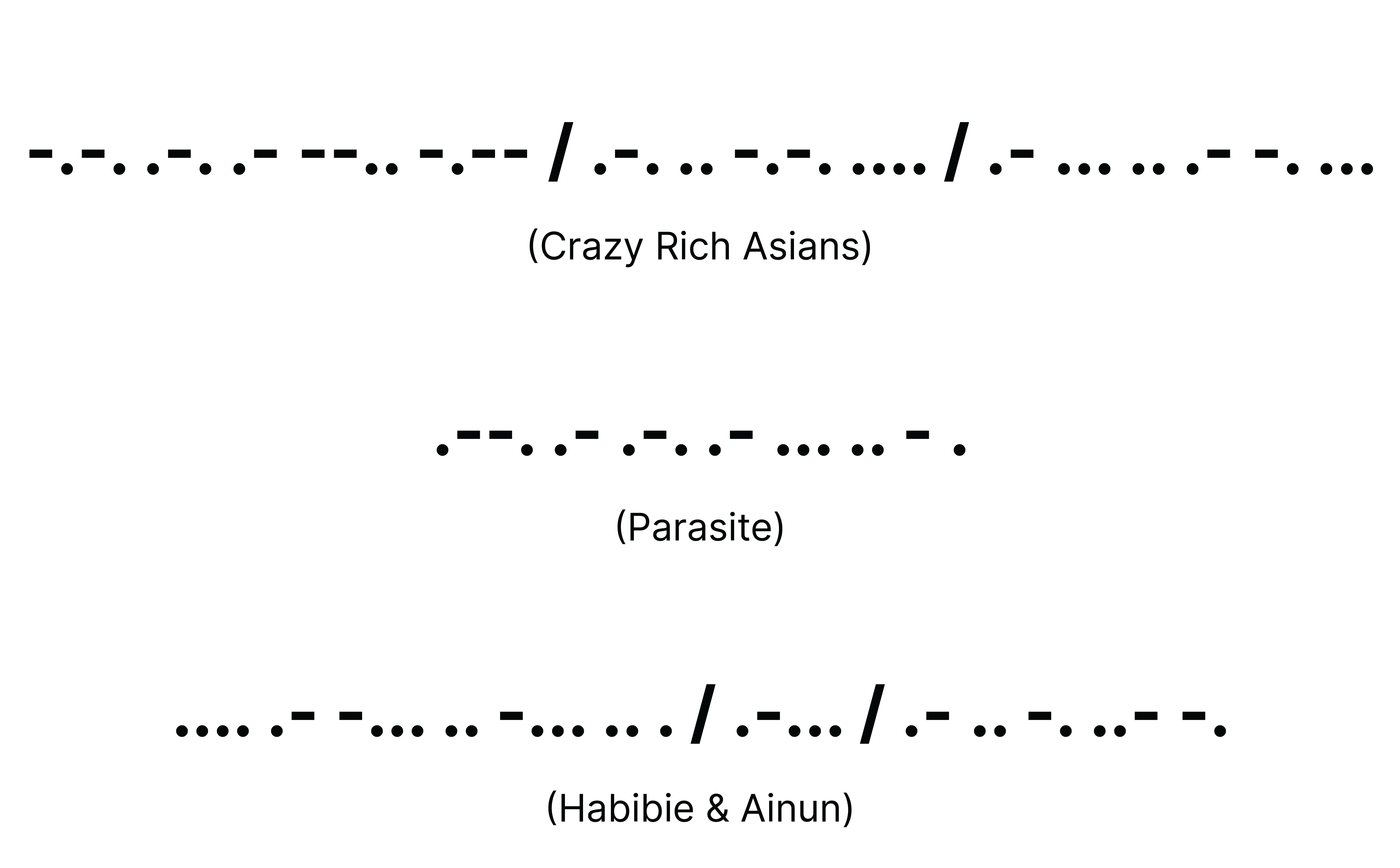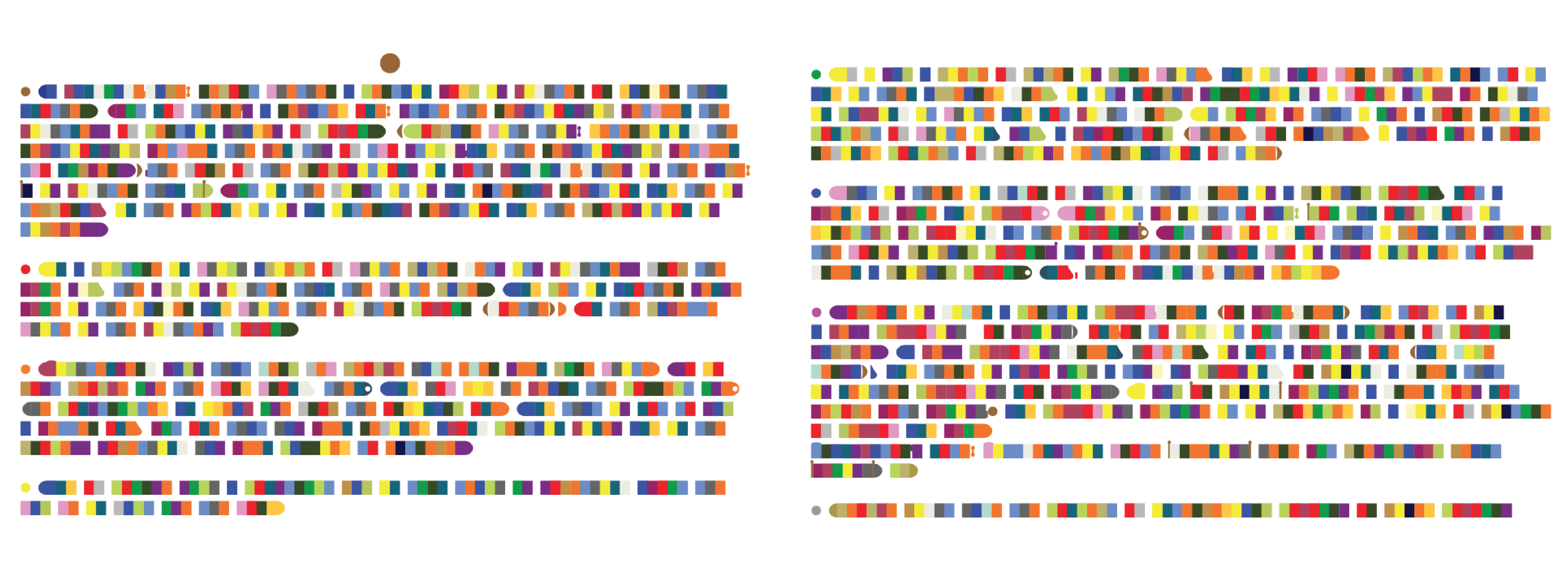Out of the all different topics, the topic we had decided on was Topic 02, which was
"Quantified Self."
As mentioned, we came up with the idea of "breaking through cultural barriers" as a homage to accept diversity and account for cultural differences.
We determined that languages are another issue posing a barrier in addition to cultural differences.
Language limitations that cause misunderstanding or obstruct comprehension are known as language
obstacles. Since language is the fundamental barrier separating us, we want to strive to overcome it so
that we may communicate with one another more effectively.
When words fail us, showing is frequently far more powerful than talking. To simplify complex ideas, use
illustrations or diagrams. In addition to helping everyone think more creatively about potential
solutions, visual signals are crucial for getting everyone on the same page.
The purpose of this project is to employ multimedia formats to dismantle the boundaries that separate us and make everything comprehensible to all parties. Something utterly new will be created by fusing two items that are wholly unrelated into one, serving as our shared identity.
How did we plan to approach this?
Initially, We were going to approach this project by dividing a fully finished item into various portions according to its backgrounds. As we intended to use movies as the cultural multimedia medium, we would have each selected a movie (either just the trailer or the full movie) from each country that we feel best exemplifies our culture.
We also intended to categorise and break down the movie trailers into a range of different medias; (03-04 sections)

Approach 01: Images
We wanted to take screenshots of the visuals (either every 2-3 seconds of the trailer or every 5 minutes of the film), assemble them in grids, and stack each movie compilation above each other to show them blending with the layering effect.
Shown here is an example to our approach shown on the Proposal Presentation.

Approach 02: Audio
We have two separate strategies for audio. First, we want to extract the audio from each movie and turn the entire footage into a variety of audio soundwave graphics visualization (As shown).

Second, we also intend to combine the sounds by combining them into a single audio file that plays all three audio snippets at once.

Approach 03: AI-Generated Movie Posters
Like everything else, we aimed to uncover the common denominator that ties everything together in movie posters. Therefore, we chose to feed the movie titles into an AI generator so that it produced whole new visuals, which will result in the pictures will look similar to one another as a result.
Nightcafe.studio is used to produce these images.

Approach 04: Text/Information
We thought of using either movie titles, movie scripts or movie summaries and processing them either through a colour-coded structuring of alphabets OR using morse code so that all the languages will ultimately be broken down into one common form.
The first method we tried to experiment with was Morse Code. Alfred Vail developed Morse Code at the beginning of the 1940s for use with Samuel Morse's telegraph. If the transmitter and the receiver are both familiar with the code, it is a combination of on and off sounds, clicks, and lights that allows for the transmission of messages. Since there is only one Morse code that the entire world can use and benefit from, we believed that it was a worthwhile method of exploration.

For the second method we explored on Colour Alphabets. Created by Christian Faur, the "Color Alphabet" is a method of writing English using colour glyphs. The 26 different colours that make up the object correspond to the 26 letters of the English alphabet. This alphabet was created to provide Christian, an artist, the ability to directly and clearly generate meaning using colour utilising the English language that he is already accustomed to.
Just like the morse code, this is another option for the script/summary to be feeded into to create a common form of language. This form is also inspired by this project titled, "Words in a Day".

Source: Christian Faur

Source: Words in a Day
